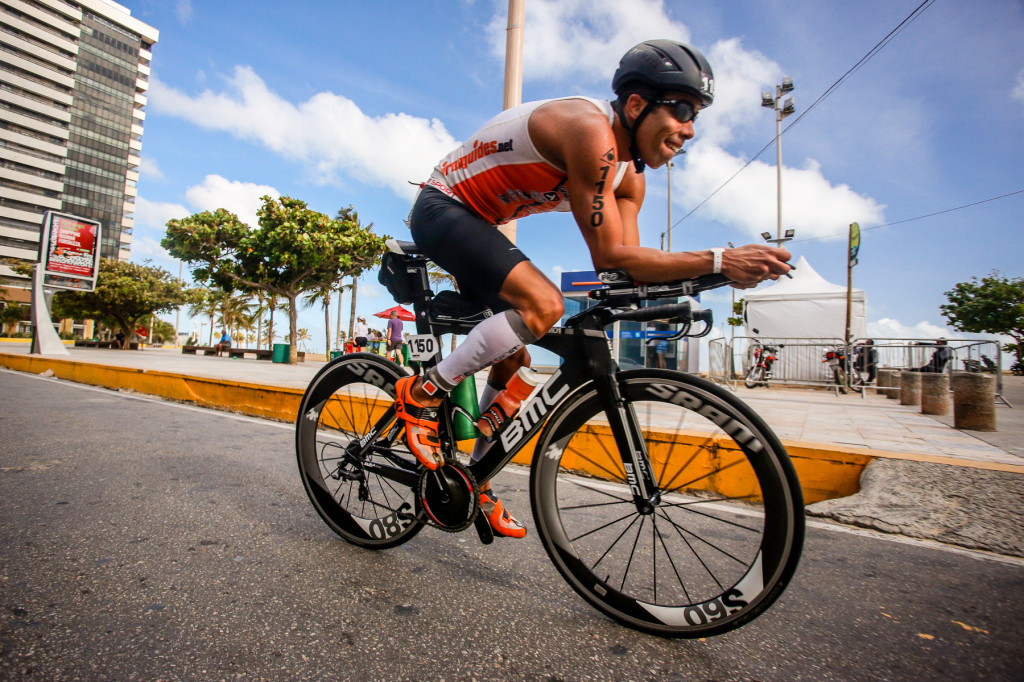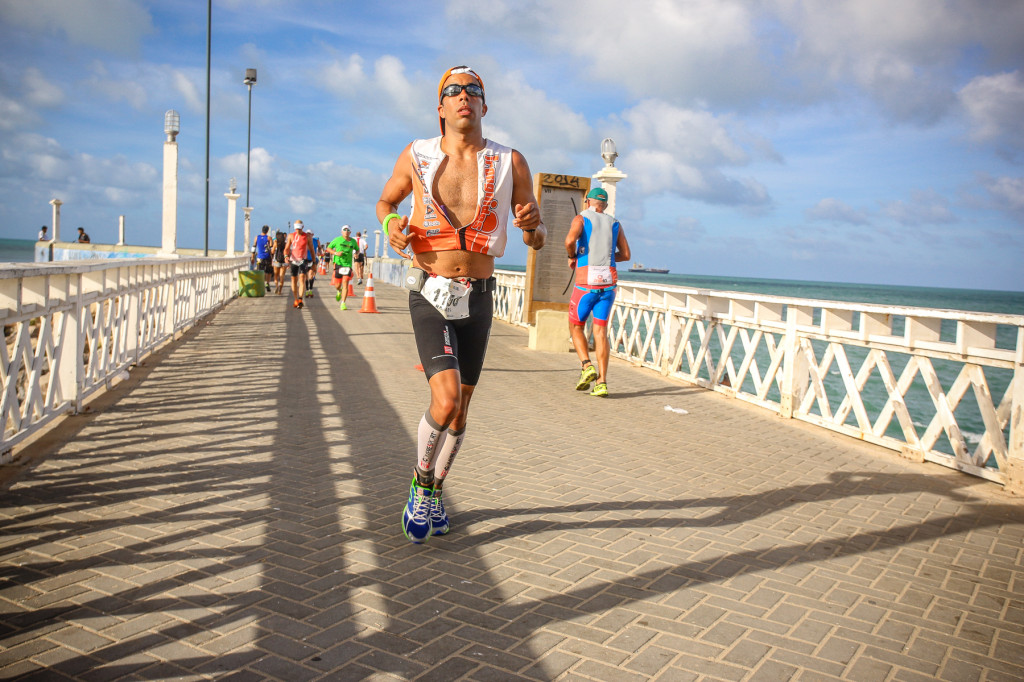Rafael Souza, born and raised in Rio de Janeiro, started his athletic career in swimming at age 15. From the ages to 17 to 21, he managed to compete against the best in his state and he went on to National Championships. He is inspired by the quote “the will to win is not nearly as important as the will to prepare to win.”
At age 27 he started in triathlons with the sprint distance races, but soon he got curious and challenged with the thought of going long. Then back in 2009 he completed his first attempt at the half Ironman distance in 4h45. While it was a successful debut, he struggled during race day and especially with the type of training required for this type of event. Being a former competitive pool swimmer, some of the training ideas were just too different to what he was used to.
His first experience with ironguides was at one of my training camps in Brazil. I always make sure I explain about The Method and that triathlon is not swim+bike+run, but instead swimbikerun. One single sport, with the disciplines linked to each other.
Rafael understood that some of the training concepts from single discipline sports such as periodization, technique and tapering, could be very different in triathlons. With this new mindset, in 2012 he went back to the same Half Ironman race he made his debut at a few years back and improved his time by 23 minutes, finishing in 4h22. This gave him the confidence he needed to know that he had now figured this sport out at a decent level.
In 2013, his workload at the Brazilian Navy increased to a level that he only did some maintenance training and didn’t compete at all, but his sights were on his first Ironman attempt in May 2014.
Rafael did a 20 week specific training plan and as most athletes, was challenged with less than ideal preparation, and a knee injury one month from race day, which prevented him from training properly on the run. Focusing on the controllable, we adjusted his training plan so he could still have a good shot in Florianopolis.
Our race day strategy was very conservative, the goal was only to complete the distance and learn from the experience. I was also in the race and would get happy every time we saw each other as he looked in control and focused.
His finish time was 9h42, I wasn’t surprised as I knew his true potential, be he still stuck to the plan of a conservative race. We both knew that there was a lot of room for a faster race now that he had the experience and confidence off that first race.
One month after the race, registrations were open for the following year and Rafael called me to enquire if he should race again. I told him the Florianopolis course wasn’t the best option for his strengths and weakness, to do well in Florianopolis one needs to be a fast runner and Rafael is more on the stronger rather than speedy side.
I suggested the inaugural Ironman Fortaleza in the north of Brazil, which is supposed to provide race day conditions that would suit him more, with a non-wetsuit swim, a windy and challenging bike course and a hot run which would slow everyone down anyway. We decided to make Fortaleza our big shot, a race that suits stronger and tougher athletes rather than the speed types. It also helped that the race is only a month after Kona, so the speedy athletes were likely to still be in recovery mode.
Registration was done, and our specific training block started in August (Fortaleza was early in November) and we had 12 weeks. Initially our focus was on intensity with reduced volume, since he was still coasting off a consistent endurance training block from the Florianopolis race. We then shifted to the specific training sessions for race day conditions which included more sets of ankle bands swim sets and less use of the pull buoy compared to Florianopolis which was a wetsuit race.
On the bike we did a lot of big gear work to get him ready for the rolling hills and the strong winds of the course. We also did some high cadence work which would be useful for the course sections with a tail wind. For the run training we had to go back to the basics and focus on higher mileage all done at a high stride rate, as before the Florianopolis race we didn’t have the chance to work on these two core components due to his injury. We also didn’t do speed work since the heat of Fortaleza would slow everyone down.
Race day was November 9th 2014; I was once again at the race with my athletes and was able to spot Rafael and his relaxed and focused look all day long. The result wasn’t a surprise to me as I knew he was capable of great things in this sport since we started working together. He finished the race in 9h49, which was enough for a 7th place in his age group, a Kona slot and 27th overall finisher including the pro athletes.
As a typical hard working triathlete, he is already questioning me on how he can get faster, especially on the run leg. Kona training officially started the day after the Ironman.
Congrats Rafael and enjoy your experience in Kona, Aloha!


